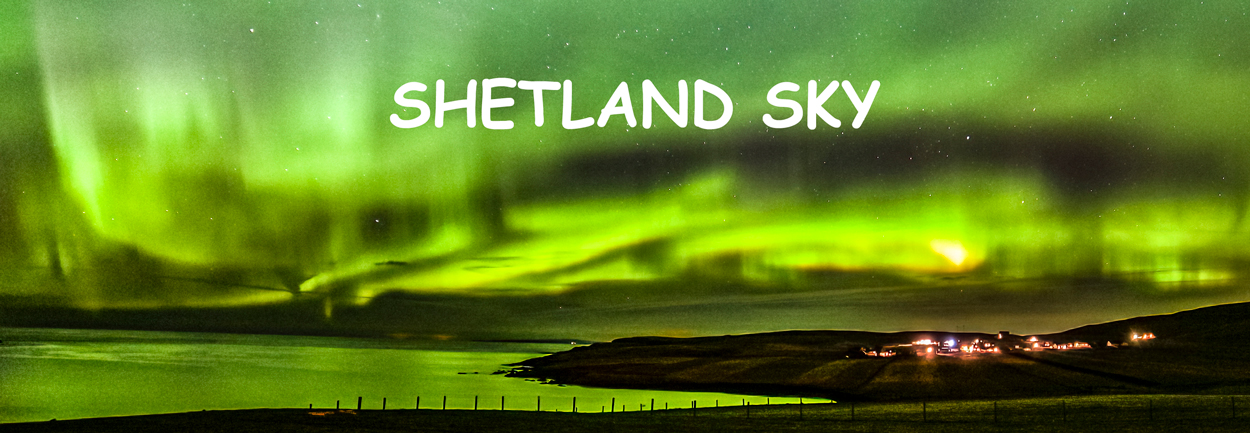Finding a sheltered location proved a bit more difficult than expected but a horse box provided some cover. Deep Sky photography was out of the question so i concentrated on photographing the Milky Way which was showing very well.
Still prefer colour, what do you think?
Its just amazing how clear it is in Shetland, thinking back to earlier in the year when we lived in Sheffield it was just impossible to get away from the bright lights of Sheffield and Manchester. Even after an hours drive to a remote spot in Derbyshire the glow could still be seen.
In Sandwick some glow was visible but it was 100 times better than down south, I am sure that a better dark sheltered site could be found so I will set about looking for one close by. No aurora was expected with only a KP of 2 (Shetland is around a 4.5 KP) and the moon was only around 1/2 lit .
Setting up my Nikon D7100 with the superb Tokina 11- 16 mm wide angle lens you can get a fair bit of sky in view. With the wind gusting i limited photos to around 8 seconds on ISO 3200 and shielded the tripod as best i could with my body.
When you eyes have adjusted to the darkness more and more stars become visible and the definite cloud of the milky way showing well stretching east to west. These photos have been processed in Lightroom 4. Noise is always a problem at these high ISO speeds but you need this to bring out the stars, leaving the lens wide open.helps to draw in as much light as possible.
I use Topaz De-noise which helps while keeping detail in the photo.
While i was dismantling things a satellite passed over. If you want to know whats going on and coming over then the new in-the-sky.org website will help, you can even set Shetland as your location.
If the sky is clear on the 21/22 October it may be worth looking out for the remnants of Halley's Comet, this is just cosmic dust the size of coffee granules which will burn up in the earths atmosphere. The real comet doesn't return until 2061 when i will be long gone. It will be no where near as good as when it past by in 1985/86






No comments:
Post a Comment